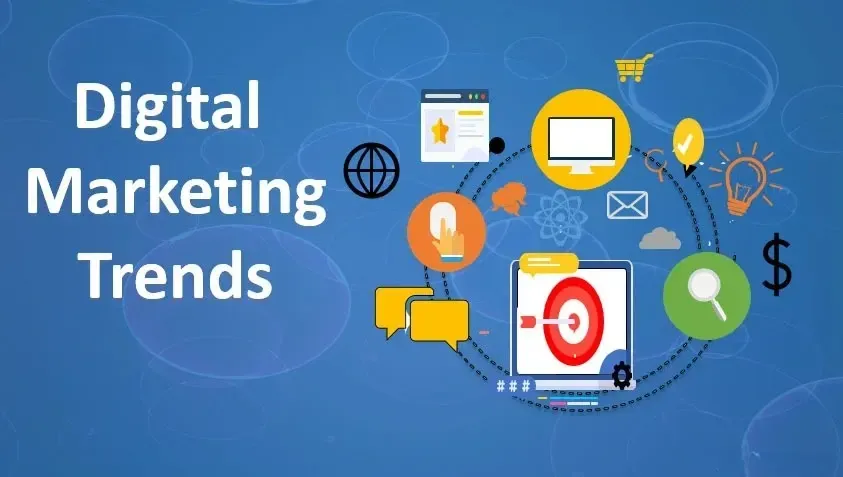The State of IT Services in California: 2025 Industry Report

Executive Summary
California’s IT services industry is entering a pivotal moment in 2025. Gartner forecasts 9.4% revenue growth this year, up from 5.6% in 2024, marking a strong expansion phase. The Golden State remains at the forefront of digital transformation, but challenges such as high costs of living, outmigration of talent, and regulatory pressures are reshaping the market.
AI adoption, cybersecurity concerns, and workforce shortages dominate the agenda for IT leaders. At the same time, small and medium businesses are increasingly embracing managed services, creating new revenue opportunities for providers who can adapt quickly.
Key insights from this report:
- Revenue growth momentum is strong at 9.4% projected increase in 2025.
- AI is driving unprecedented demand for consulting and implementation services.
- Cybersecurity is the top investment priority across California businesses.
- Retaining talent remains a challenge, fueling demand for hybrid service delivery models.
- SMBs are expanding their reliance on managed services.
Market Size and Growth Projections
The U.S. Managed Services Market was valued at $79.17 billion in 2023 and is expected to reach $108.23 billion by 2030, growing at a CAGR of 11%. California accounts for roughly 25–30% of the national IT services market, making it the largest state by revenue.
Globally, IT services are projected to surpass $350 billion this year and cross $1 trillion by 2033, offering California-based providers a strong position to capture global demand.
Key Industry Trends for 2025
AI Integration
After years of experimentation, AI is moving from pilot projects into business workflows. Service providers must be ready with consulting expertise, specialized AI/ML talent, and solutions for governance and ethics.
Cybersecurity
With cloud adoption, IoT, and generative AI widening the attack surface, California businesses—especially those under strict compliance frameworks like CCPA/CPRA—are prioritizing security.
Skills Development
New skillsets are critical for growth: AI, data teams, cloud security, and DevOps are in highest demand. Service providers that invest in training and cross-functional development will stay ahead.
SMB Market Expansion
Small and medium businesses increasingly recognize the value of managed services, creating a significant growth avenue for providers who can deliver enterprise-level capabilities at affordable price points.
California-Specific Challenges and Opportunities
Challenges
- Cost of Living & Talent Retention: High housing and tax costs are driving talent out of state, pushing providers to adopt hybrid and remote models while automating service delivery.
- Regulatory Complexity: Privacy laws, environmental rules, and employment legislation create compliance hurdles—but also fuel demand for consulting.
- Geographic Diversity: Serving industries from Silicon Valley to Central Valley requires flexible delivery models and vertical-specific expertise.
Opportunities
- Digital Transformation of Traditional Industries: Agriculture, manufacturing, entertainment, and healthcare are ripe for IT modernization.
- Sustainability Initiatives: Carbon reduction services, green IT consulting, and energy-efficient infrastructure design are gaining traction.
- Remote Work Infrastructure: Secure access, collaboration platforms, and hybrid workplace optimization remain in high demand.
Technology Priorities for 2025
California businesses are directing their budgets toward five core areas:
AI & Machine Learning
Process automation, predictive analytics, enhanced customer service, and decision support.
Cybersecurity
Zero-trust frameworks, advanced threat detection, compliance automation, and employee training.
Cloud Optimization
Multi-cloud adoption, cost management, and disaster recovery planning.
Data & Analytics
Real-time reporting, predictive modeling, and customer insights.
Digital Workplace
Collaboration upgrades, device management, virtual desktops, and platforms that improve employee experience.
Competitive Landscape
Enterprise Services
Dominated by major players like Accenture, IBM, and Cognizant, with high-value, complex engagements.
Mid-Market Services
Regional providers with industry-specific expertise and faster decision-making cycles, particularly strong in AI and cybersecurity.
SMB Services
Local MSPs delivering standardized offerings and recurring revenue models, representing the fastest-growing segment.
California Advantages
Proximity to innovation hubs, deep vertical expertise, and access to world-class talent give providers a unique competitive edge.
Skills Gap and Workforce Challenges
Critical Shortages
Demand is highest for AI/ML engineers, cloud security experts, data scientists, DevOps specialists, and cybersecurity professionals. Business skills in consulting, change management, and process optimization are also in short supply.
Compensation Trends
Nearly 80% of MSP professionals now earn $120,000 or more annually, reflecting intense competition for talent.
Closing the Gap
Providers are investing in partnerships with universities, internal certifications, vendor-specific training, and freelance/remote workforce strategies. Automation and AI-assisted service delivery are becoming integral to filling gaps.
Revenue Opportunities and Growth Strategies
High-growth service areas include AI implementation, cybersecurity, cloud transformation, and digital workplace services. Providers are also expanding recurring revenue through managed services (24/7 monitoring, SOCs, help desks) and subscription models (cloud optimization, security monitoring, disaster recovery).
Regulatory and Compliance Considerations
California Regulations
CCPA/CPRA compliance fuels demand for security and privacy consulting.
Federal Regulations
HIPAA, SOX, and PCI-DSS remain critical for industries like healthcare, public companies, and payments.
Compliance-as-a-Service
Providers offering assessments, policy development, audit preparation, and ongoing monitoring can differentiate themselves.
Looking Ahead: 2026 and Beyond
Technology Evolution
AI will become a standardized service, quantum computing will begin to emerge, and sustainability consulting will expand.
Market Dynamics
Consolidation among MSPs will continue, while automation and remote-first delivery models reshape expectations.
Recommendations for Providers
Strengthen AI and cybersecurity offerings, specialize in 2–3 industries, and expand remote service delivery capabilities.
Conclusion
California's IT services industry in 2025 presents both tremendous opportunities and significant challenges. With 9.4% revenue growth projected for IT services in 2025, providers who can navigate the talent challenges, embrace new technologies like AI, and develop specialized expertise in key verticals are positioned for substantial success.
The shift toward AI integration, enhanced cybersecurity requirements, and the continued growth of managed services creates multiple pathways for revenue growth and market expansion. However, success will require strategic investments in talent, technology, and service delivery capabilities.
California's unique position as a technology leader, combined with its diverse economy and regulatory environment, continues to make it the most dynamic and opportunity-rich IT services market in the United States.
About This Report
This report was compiled using the latest industry research, market analysis, and expert insights from leading technology research firms including Gartner, CompTIA, McKinsey, and Deloitte. Data sources include both proprietary research and publicly available industry reports published in 2025.
For more information about IT services opportunities in California, contact:
The SEO Workhorse
Digital Marketing for IT Service Providers
Phone: 1-888-433-4033
Email:
connect@theseoworkhorse.com
Website:
https://www.theseoworkhores.com
This report is provided as educational content. While every effort has been made to ensure accuracy, readers should conduct their own research and consult with industry experts before making business decisions based on this information.










